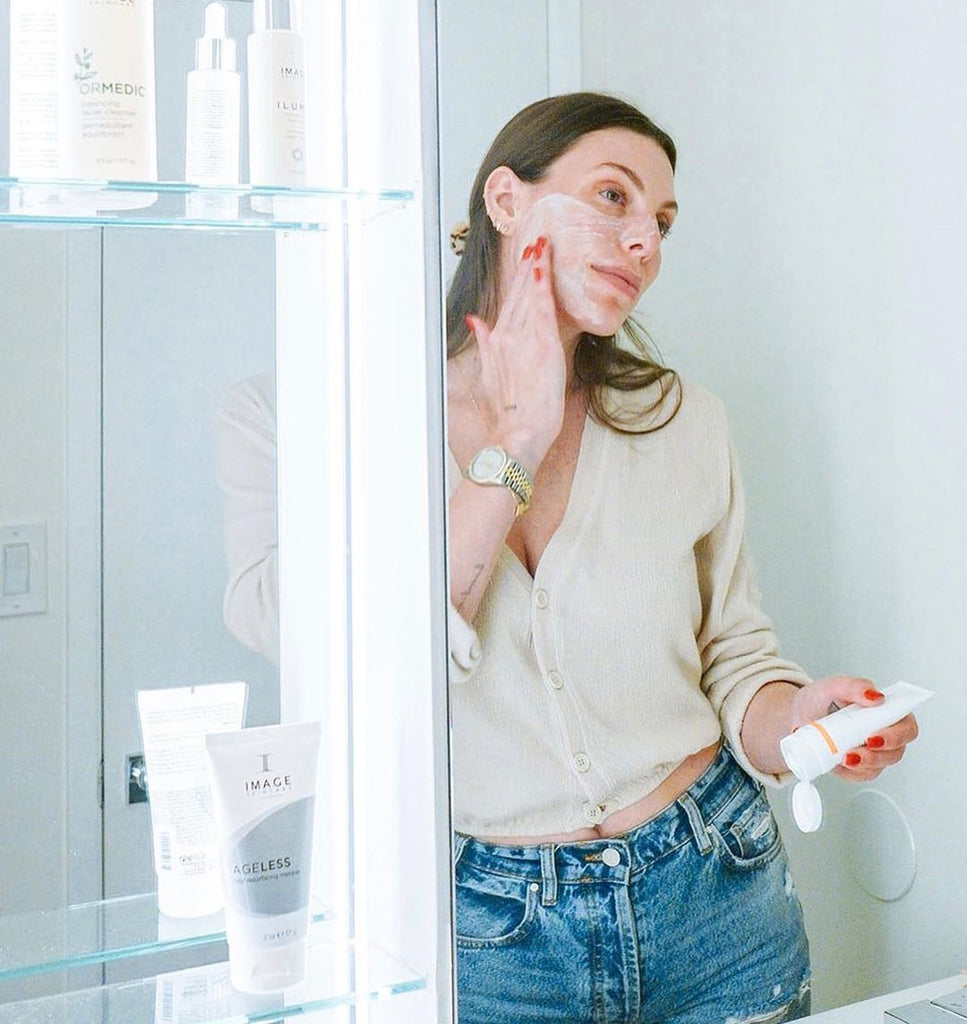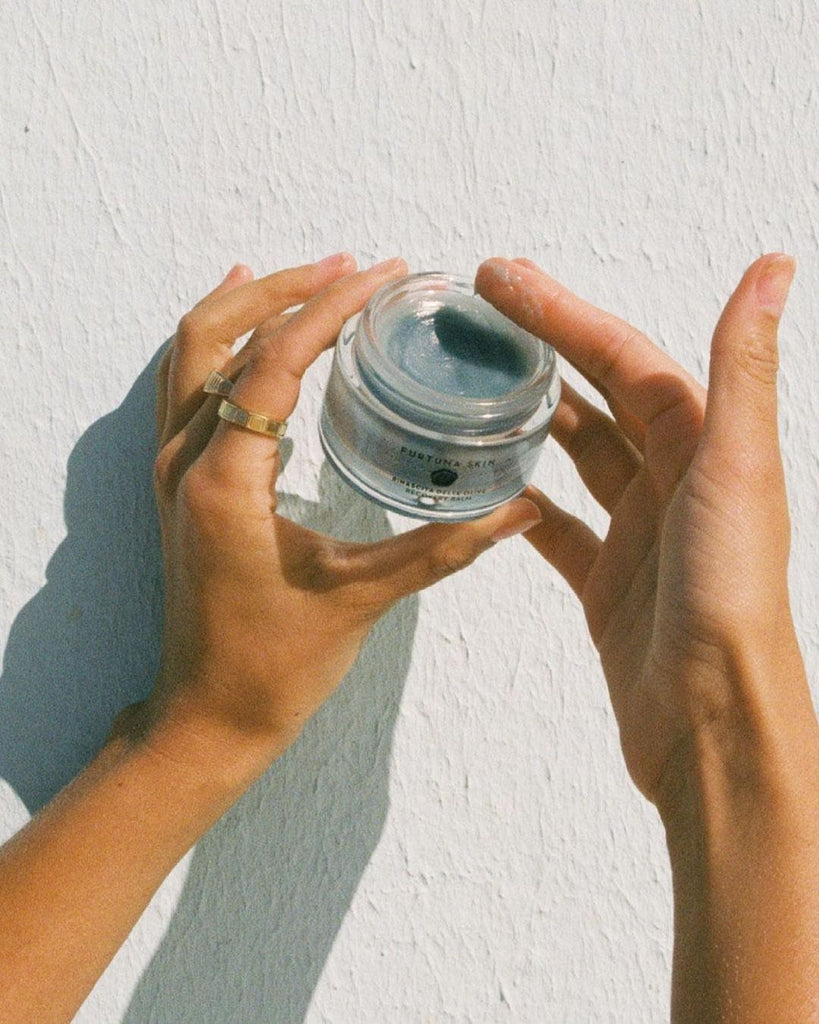Keeping up with the surge of "cure-all" wellness fads is a job in and of itself. In our column Wellness Inspector, we do the work for you, closely examining these trends to see if they're worth your hard-earned pennies—or whether they're just hype.
The latest skincare trend to sweep social media platforms like Instagram and TikTok isn't exactly new—celebrities and beauty industry experts have been practicing it for years. Yes, we're talking about skin icing. It's the practice of exposing the skin to something cold—whether that's actual ice or a skin-icing tool—to reap aesthetic benefits. Proponents of skin icing say it can reduce everything from acne and excessive oiliness to inflammation and signs of aging. While that may sound like a lot for a humble ice cube to accomplish, we reached out to skincare experts, who explained the many benefits of skin icing.
What are the benefits of skin icing?
Celebrity facialist Candace Marino says skin icing has a real cryotherapeutic effect on the skin. "Cold therapy and a lower temperature in the dermis is noted for advancing healing from treatments as well as reducing inflammation, redness, and puffiness, stimulating circulation, and sculpting the face," she explains.
The reduction of inflammation is one of the main benefits. "Think about when you have an injury or swelling in the body and your doctor instructs you to ice it," Marino says. "It's the same concept, but now we're applying it for aesthetic purposes, especially as it's related to inflammation in the tissue." That's what makes skin icing so beneficial for people who have inflammatory skin conditions—specifically two of the most notorious inflammatory skin conditions: acne and rosacea. "Many people who suffer from inflammatory skin conditions such as acne and rosacea can benefit and find relief from cold therapy because of its ability to reduce the inflammation of the skin, which is a key trigger to both conditions. It also helps dull pain and itching, which may keep fingers off of the face."
According to dermatologist Ava Shamban, M.D., skin icing can also temporarily reduce oiliness by shutting down the production of oil by the sebaceous glands. It can also accelerate the healing process. "The real benefit lies in a rapid temperature change," she says. "This produces 'heat shock proteins,' which are beneficial to the skin for healing."
As for anti-aging claims? Marino says it may help but that it won't do anything dramatic. "I believe that all forms of ongoing stimulation to the skin are beneficial, whether it's jade rollers, a manual massage, facial cups, or cold," Marino says. "Stimulating the skin with your hands or tools will help improve circulation, which delivers oxygen-rich blood cells to the face, bringing life to the skin and warranting a glow. So is it going to be a substitute for a facelift? No. But it will improve the quality of your skin and the adverse effects of an inflammatory response, and it may help slow down the age process a bit."
How can I practice skin icing at home?
There are several different tools you can use to try skin icing at home—everything from cryo sticks to ice globes and more. "Choose whichever tool you are drawn to for comfort and ease of usage," Marino says. "I like ice rollers because they're simple, the most comfortable, and easiest to control on yourself. The ice globes and cryo sticks are great, too, but I prefer those in the treatment room on a client."
This article was originally published on hellogiggles.com.



